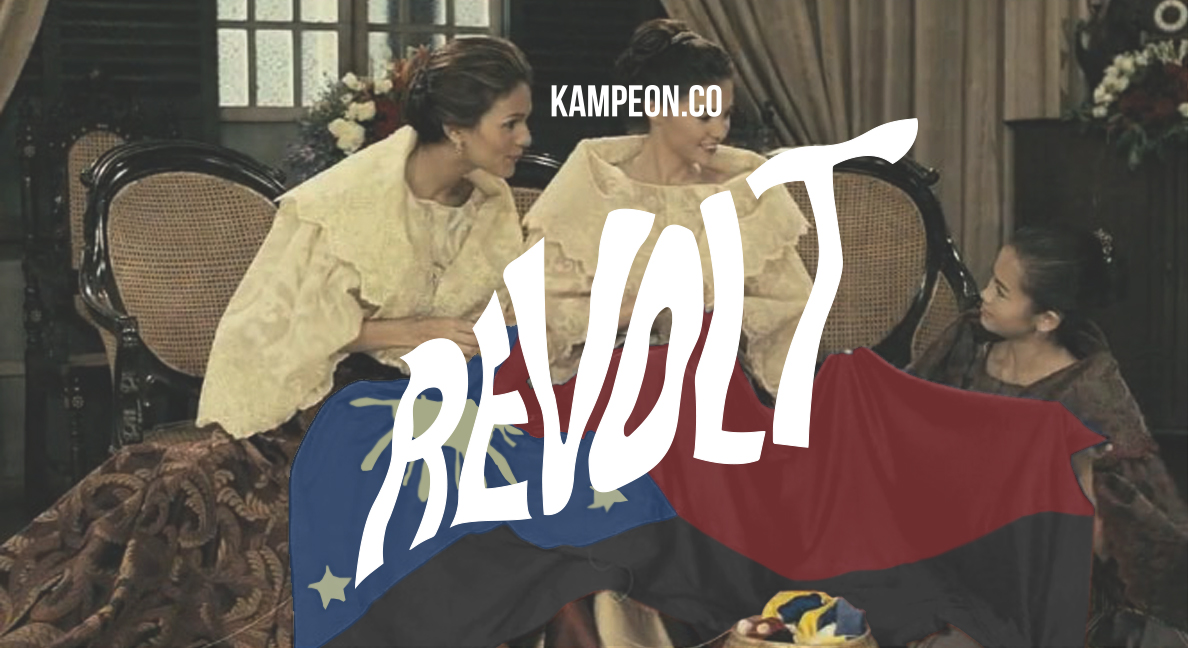
Our Kampeon Co DNA has always been to blend modern everyday clothing with our rich Philippine history and culture by merging the power of our revolutionary past with modern design silhouettes to create a bold, modern statement without screaming “I’m Filipino!”
INSPIRATION
In 2007 a well known “three stripe” shoe company released a Philippine flag full-zip track jacket that sparked our imagination and created the need to establish our own flag jacket, but one that included our “Know History” ideology.
After extensive research and design play the REVOLT flag was fabricated to offer a truly unique piece of Filipino heritage by combining the symbolism of four iconic Philippine flag that included the Katipunan, Pio del Pilar, Gregorio del Pilar, and the modern national flag.
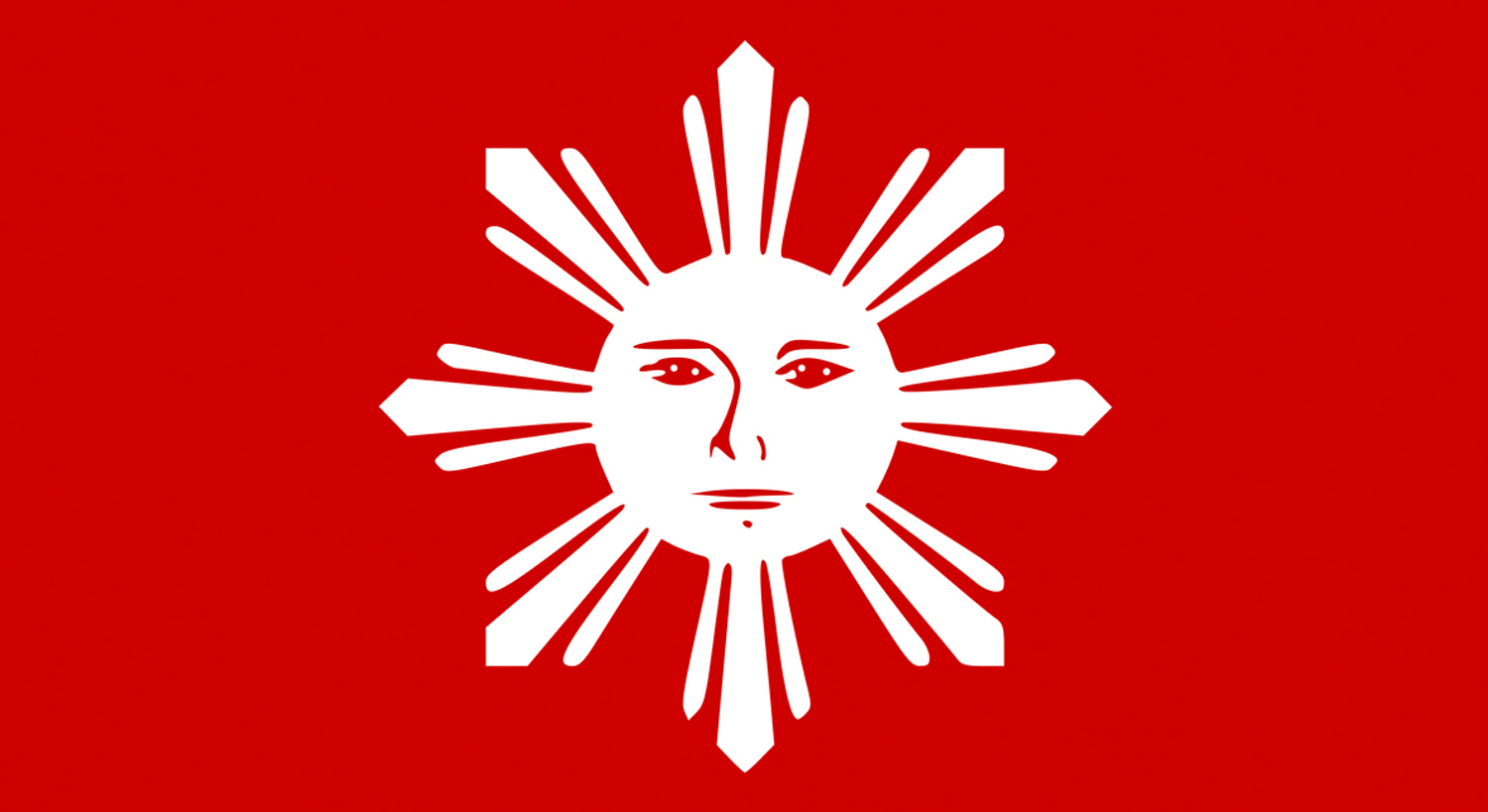 1. The first version of the official flag of the Philippines was created by the Katipunan, the revolutionary group fighting for independence from Spanish rule, and was first displayed in 1897 in Naic, Cavite. This flag featured an eight-rayed white sun with a mythical face, symbolizing the desire for freedom, on a field of red, representing bravery and courage. Each ray of the sun represented the initial eight provinces—Manila, Cavite, Bulacan, Pampanga, Nueva Ecija, Bataan, Laguna, and Batangas—that led the resistance against Spanish oppression. This early flag served as a powerful symbol of unity and defiance, inspiring the movement toward Philippine independence.
1. The first version of the official flag of the Philippines was created by the Katipunan, the revolutionary group fighting for independence from Spanish rule, and was first displayed in 1897 in Naic, Cavite. This flag featured an eight-rayed white sun with a mythical face, symbolizing the desire for freedom, on a field of red, representing bravery and courage. Each ray of the sun represented the initial eight provinces—Manila, Cavite, Bulacan, Pampanga, Nueva Ecija, Bataan, Laguna, and Batangas—that led the resistance against Spanish oppression. This early flag served as a powerful symbol of unity and defiance, inspiring the movement toward Philippine independence.
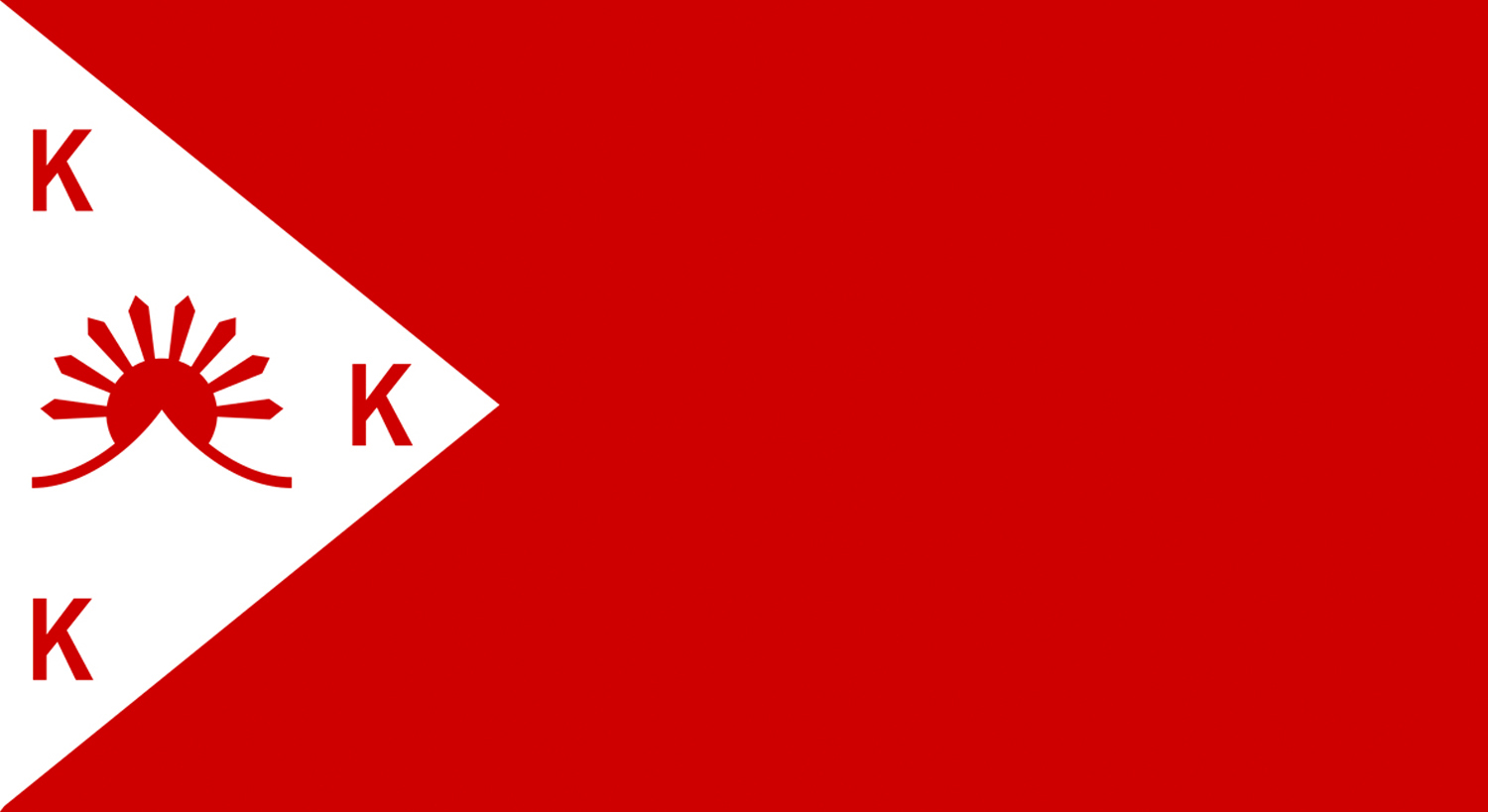 2. The Flag of Pio del Pilar, also known as the "Bandila ng Matagumpay" (Flag of the Triumphant), holds a special place in Philippine revolutionary history and is prominently featured in the film Bonifacio: Ang Unang Pangulo. Pio del Pilar, a loyal general of the Katipunan and Andres Bonifacio, designed this flag in 1896 as a symbol of courage and the fight for independence. The flag bears a red field, symbolizing the fierce spirit of the revolution, with a single white triangle on the left, representing equality and Katipunan ideals. Inside the triangle, a sun with three white K’s reflects the revolutionary cry of "Kataas-taasan, Kagalang-galangang Katipunan" (Highest and Most Honorable Society of the Katipunan). This iconic flag was raised during key battles, symbolizing the unwavering determination of the Filipino people in their fight against Spanish colonization.
2. The Flag of Pio del Pilar, also known as the "Bandila ng Matagumpay" (Flag of the Triumphant), holds a special place in Philippine revolutionary history and is prominently featured in the film Bonifacio: Ang Unang Pangulo. Pio del Pilar, a loyal general of the Katipunan and Andres Bonifacio, designed this flag in 1896 as a symbol of courage and the fight for independence. The flag bears a red field, symbolizing the fierce spirit of the revolution, with a single white triangle on the left, representing equality and Katipunan ideals. Inside the triangle, a sun with three white K’s reflects the revolutionary cry of "Kataas-taasan, Kagalang-galangang Katipunan" (Highest and Most Honorable Society of the Katipunan). This iconic flag was raised during key battles, symbolizing the unwavering determination of the Filipino people in their fight against Spanish colonization.
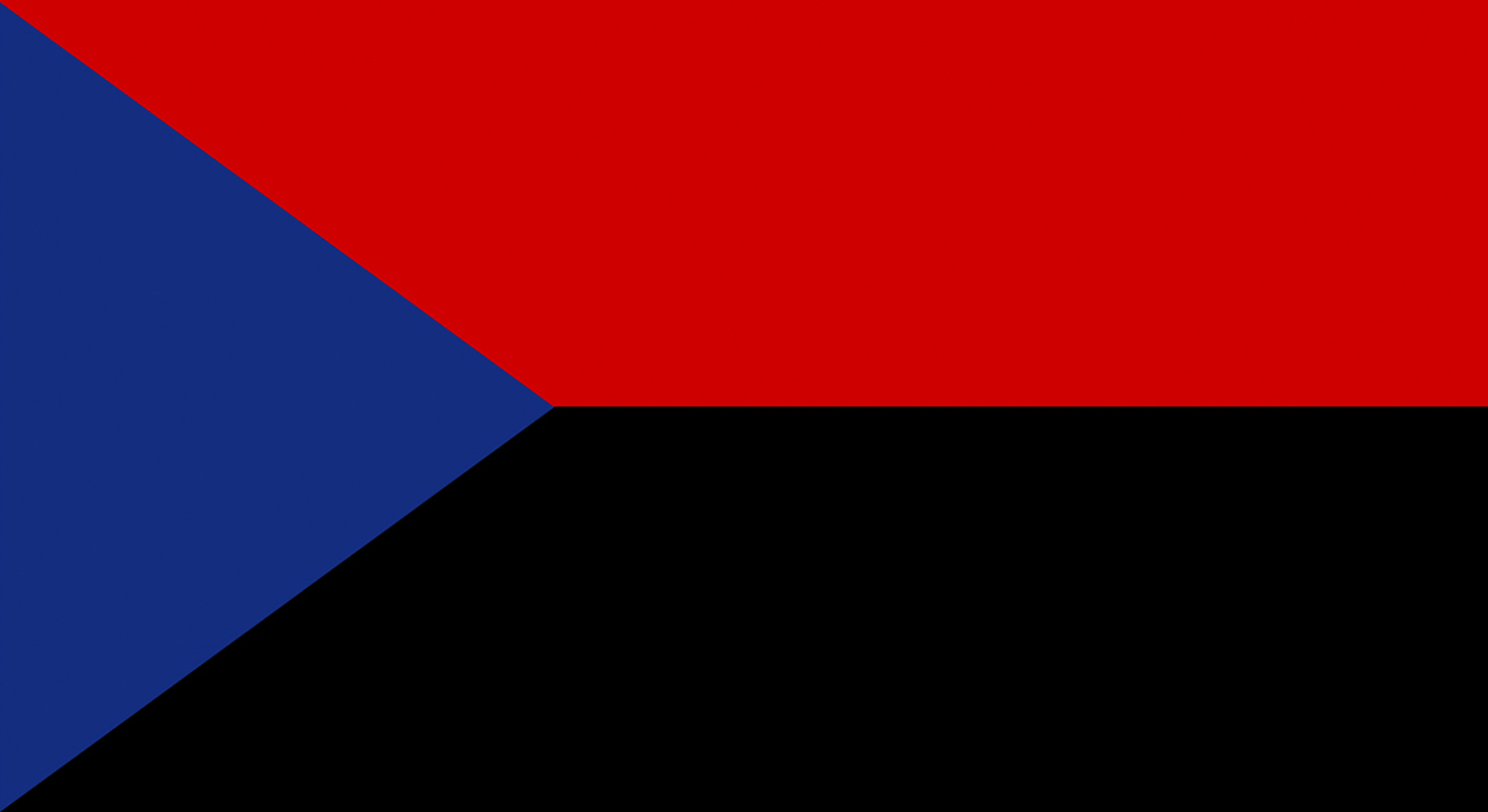 3. The Flag of Gregorio del Pilar, a bold tricolor design, was both a symbol of Filipino courage and a tribute to Cuba’s fight for independence, which inspired many elements of the flag. Featuring a blue triangle at the mast for liberty and the ideals of the Katipunan, the flag’s upper red field represented bravery and sacrifice, while the lower black section symbolized the grief and losses suffered in the struggle. Gregorio del Pilar, one of the youngest and most heroic generals of the revolution, carried this flag into battle, embodying the Filipino spirit and drawing strength from the shared aspirations for freedom seen in Cuba’s own flag.
3. The Flag of Gregorio del Pilar, a bold tricolor design, was both a symbol of Filipino courage and a tribute to Cuba’s fight for independence, which inspired many elements of the flag. Featuring a blue triangle at the mast for liberty and the ideals of the Katipunan, the flag’s upper red field represented bravery and sacrifice, while the lower black section symbolized the grief and losses suffered in the struggle. Gregorio del Pilar, one of the youngest and most heroic generals of the revolution, carried this flag into battle, embodying the Filipino spirit and drawing strength from the shared aspirations for freedom seen in Cuba’s own flag.
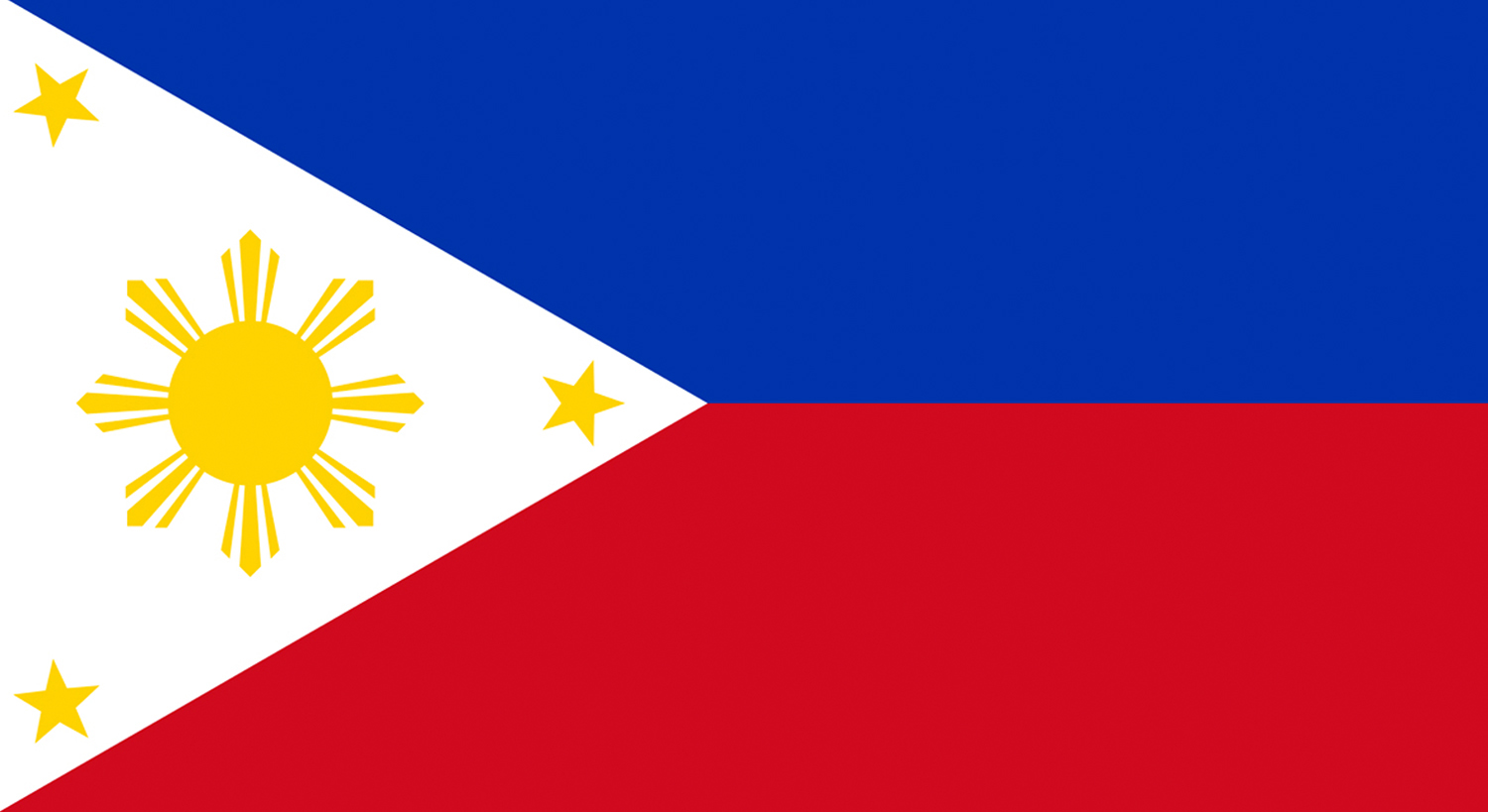 4. The modern Philippine flag, a symbol of independence and national pride, was first conceptualized by General Emilio Aguinaldo during his exile in Hong Kong in 1897. Sewn by Marcela Agoncillo, her daughter Lorenza, and Delfina Herbosa de Natividad, it was designed to embody the ideals of the Philippine Revolution. The flag features a royal blue field for peace and justice, a red field symbolizing patriotism and courage, and a white triangle representing equality. Inside the triangle, an eight-rayed sun signifies the first eight provinces that fought against Spanish rule, and three stars represent Luzon, Visayas, and Mindanao. First unfurled during the declaration of independence on June 12, 1898, this flag has since become an enduring symbol of the Filipino people’s resilience, unity, and hope for a sovereign nation.
4. The modern Philippine flag, a symbol of independence and national pride, was first conceptualized by General Emilio Aguinaldo during his exile in Hong Kong in 1897. Sewn by Marcela Agoncillo, her daughter Lorenza, and Delfina Herbosa de Natividad, it was designed to embody the ideals of the Philippine Revolution. The flag features a royal blue field for peace and justice, a red field symbolizing patriotism and courage, and a white triangle representing equality. Inside the triangle, an eight-rayed sun signifies the first eight provinces that fought against Spanish rule, and three stars represent Luzon, Visayas, and Mindanao. First unfurled during the declaration of independence on June 12, 1898, this flag has since become an enduring symbol of the Filipino people’s resilience, unity, and hope for a sovereign nation.


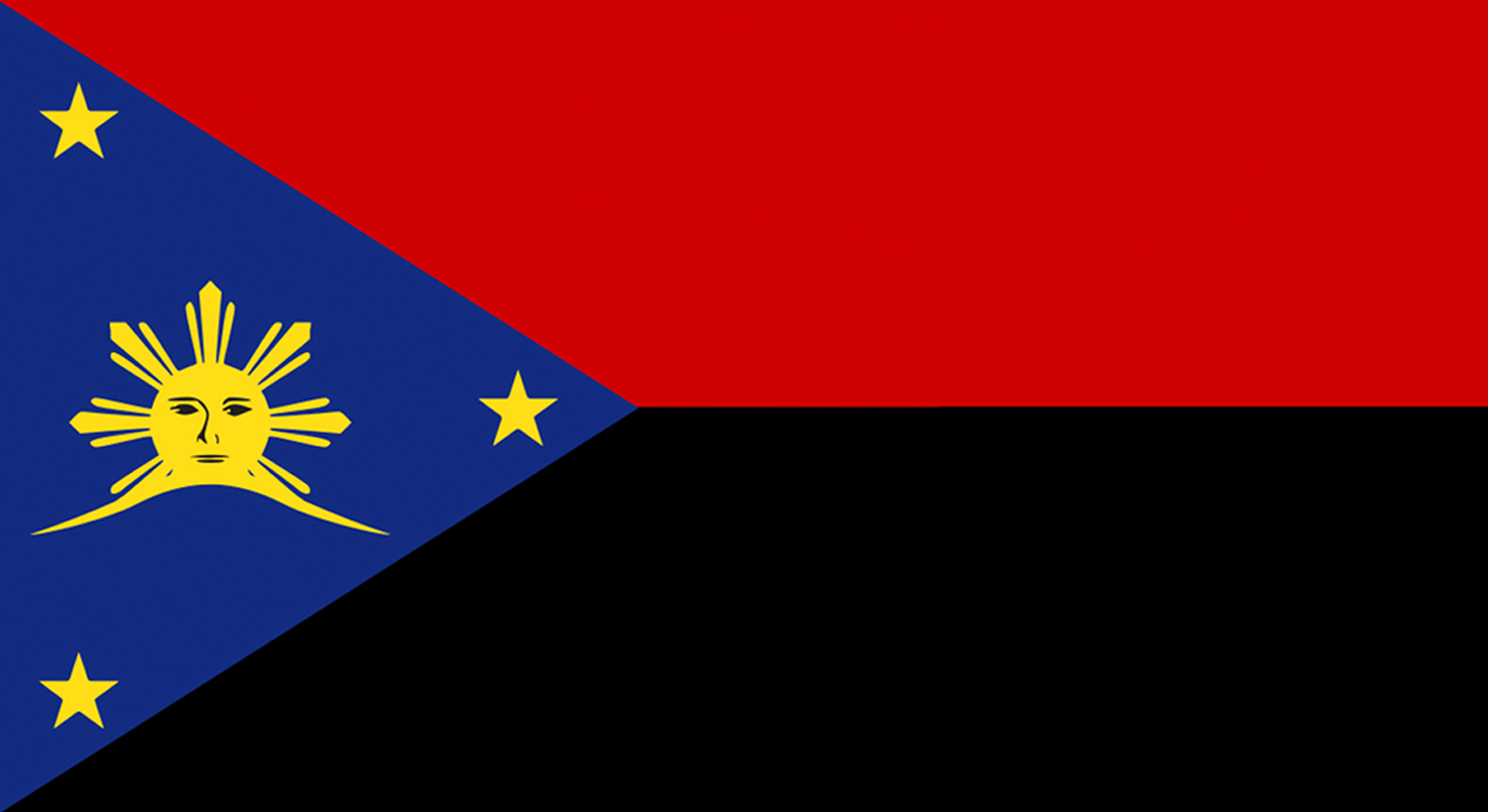 The Kampeon Co REVOLT Flag is a unique creation, paying homage to the legacy of Philippine revolutionary flags by blending elements from the flags of the Katipunan, Pio del Pilar, Gregorio del Pilar, and the modern Philippine flag. Each aspect of the REVOLT Flag is thoughtfully designed to reflect the courage, unity, and indomitable spirit of our nation’s past heroes. With a combination of iconic colors, symbols, and the eight-rayed sun, this flag embodies a distinct identity that honors history while inspiring pride and resilience for future generations. Kampeon Co’s REVOLT Flag is a powerful symbol of Filipino heritage—strong, proud, and distinctly ours.
The Kampeon Co REVOLT Flag is a unique creation, paying homage to the legacy of Philippine revolutionary flags by blending elements from the flags of the Katipunan, Pio del Pilar, Gregorio del Pilar, and the modern Philippine flag. Each aspect of the REVOLT Flag is thoughtfully designed to reflect the courage, unity, and indomitable spirit of our nation’s past heroes. With a combination of iconic colors, symbols, and the eight-rayed sun, this flag embodies a distinct identity that honors history while inspiring pride and resilience for future generations. Kampeon Co’s REVOLT Flag is a powerful symbol of Filipino heritage—strong, proud, and distinctly ours.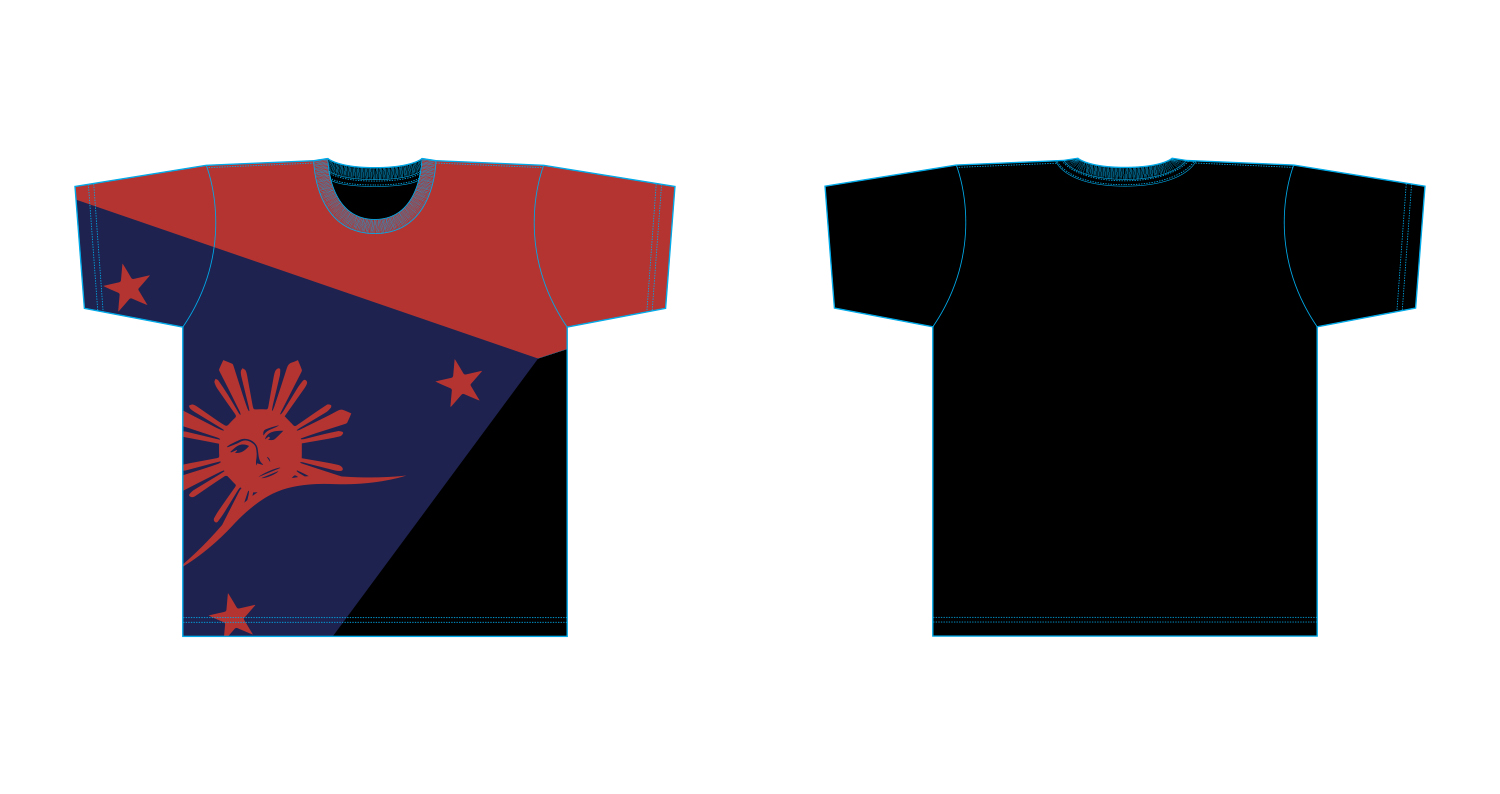
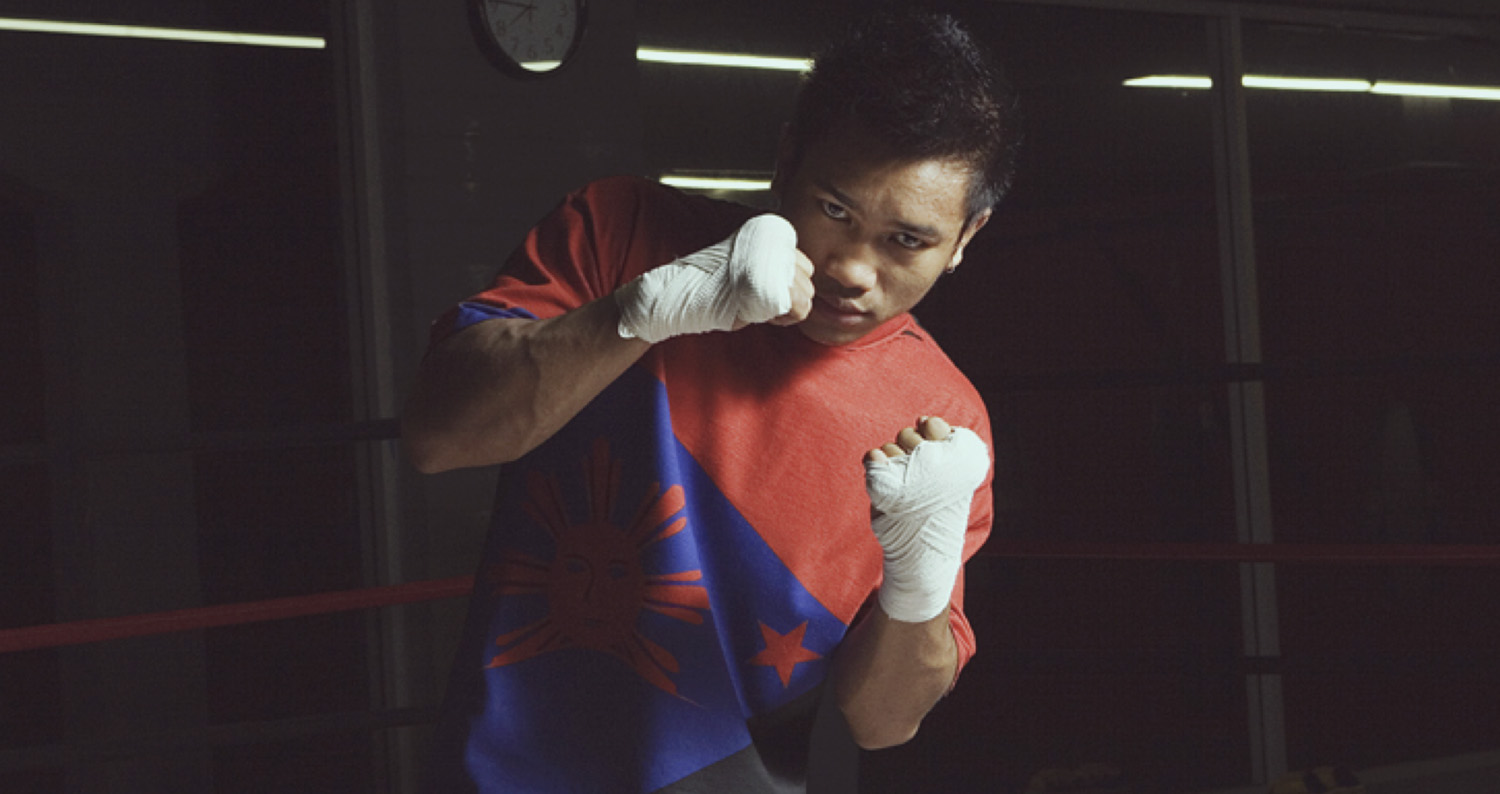 Mercito Gesta Summer 2008 photoshoot.
Mercito Gesta Summer 2008 photoshoot. Bambu rocking the REVOLT shirt during our Shirt The Kids UK show in 2011.
Bambu rocking the REVOLT shirt during our Shirt The Kids UK show in 2011.
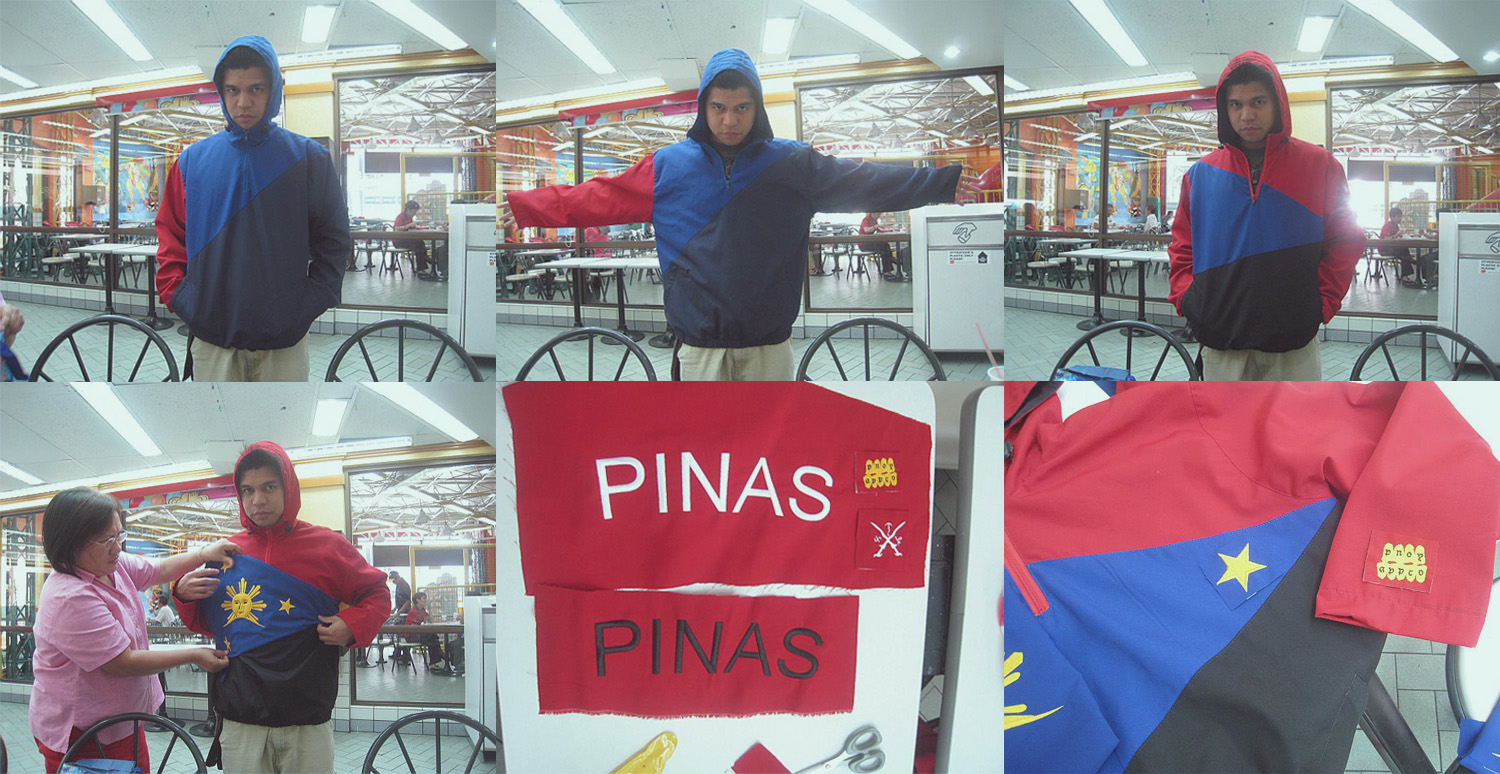 We went back and forth with cuts, sizing, materials, and detail updates.
We went back and forth with cuts, sizing, materials, and detail updates. The REVOLT has transcended its origins to become a cultural phenomenon, embraced by the community and Filipino-American leaders and icons across the globe. Legend has it, one REVOLT jacket was immortalized in a glass casing in Japan after a Black Eyed Peas concert.
The REVOLT has transcended its origins to become a cultural phenomenon, embraced by the community and Filipino-American leaders and icons across the globe. Legend has it, one REVOLT jacket was immortalized in a glass casing in Japan after a Black Eyed Peas concert.












